Introduction
The Machum House Pavilion, a project by Yong Ju Lee Architecture, serves as an architectural experiment that blends traditional Korean joinery with modern technology. Located in South Korea, this temporary installation showcases the intersection of heritage and innovation through algorithmic design and robotic fabrication.

Reviving Traditional Joinery
At the heart of this project lies the Sagae-machum, a double cross-lap joinery system found in traditional Korean wooden structures. By reinterpreting this symbolic element, the pavilion pays homage to the craftsmanship of old while embracing contemporary construction methodologies. The use of advanced robotic technology allows for precise execution and enhances both efficiency and productivity.

Sustainable Construction Approach
Wood has long been a primary building material in Korean traditional architecture, with joinery systems playing a crucial role in construction. The Sagae-machum, devoid of metal fasteners, demonstrates a sustainable alternative to steel by utilizing Glued Laminated Timber (GLT) as structural members. This eco-friendly approach not only respects tradition but also promotes green construction practices.

Computational Design and Fabrication
To adapt Sagae-machum for contemporary use, the project employs a deformed coordinate system and computational rules. This innovative approach allows for the manipulation of dimension lumber to create intricate volumetric joints. A 6-axis industrial robotic arm is utilized to carve out the boolean-ed members, ensuring precision and consistency in fabrication.
Structural Innovation
The pavilion consists of 239 Sagae-machum modules assembled from vertical and horizontal elements of dimension lumber. These interlocking elements create a gathering space that seamlessly blends tradition with modernity. The multi-level 3D puzzles not only enhance structural stability but also enable tighter assembly and support loads in various directions.
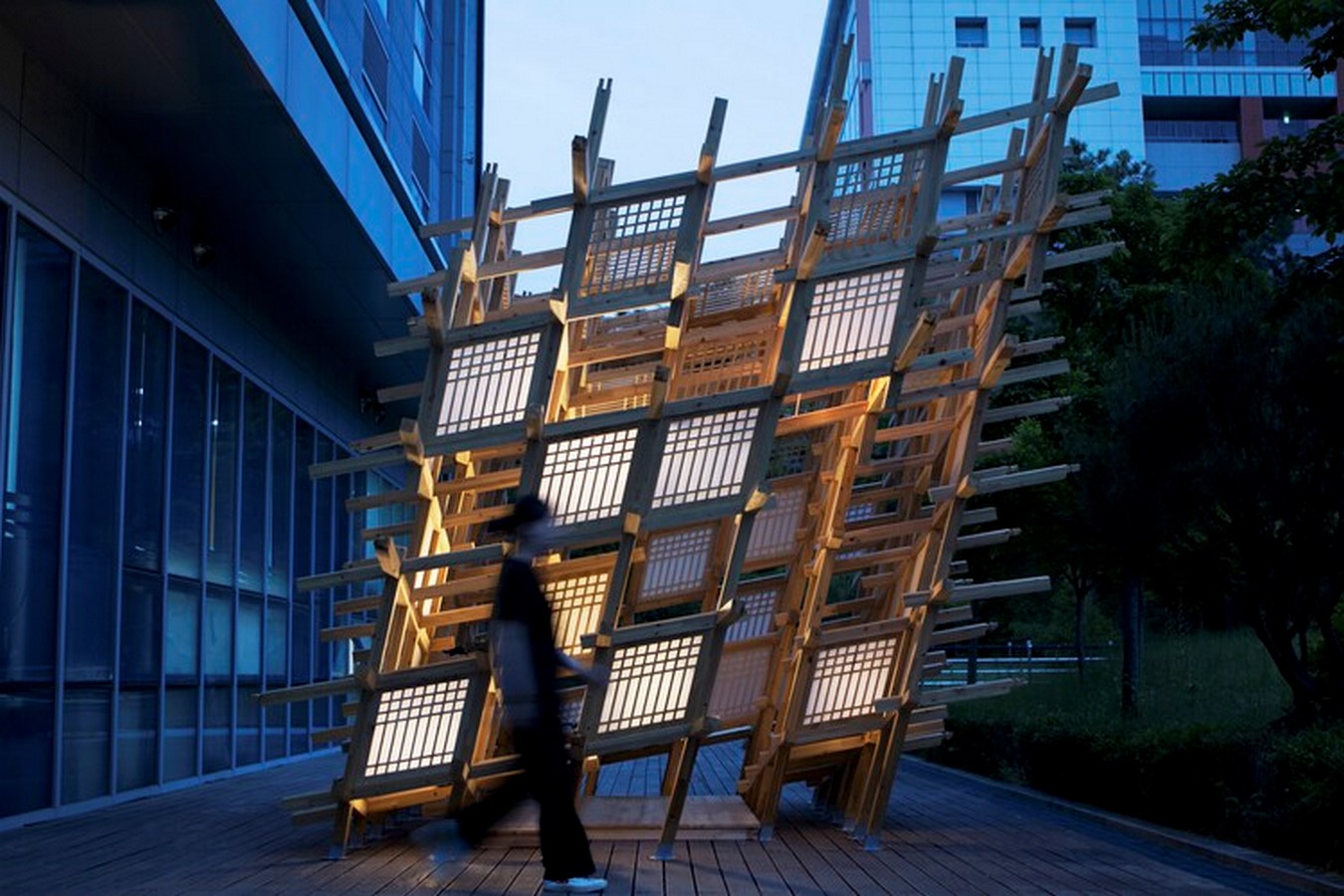
Fusion of Tradition and Technology
By integrating traditional joinery techniques with advanced robotic fabrication, the Machum House Pavilion expands the possibilities of traditional architecture. Through this innovative approach, it creates a versatile and context-based structure that serves as a testament to the enduring relevance of heritage in contemporary design.
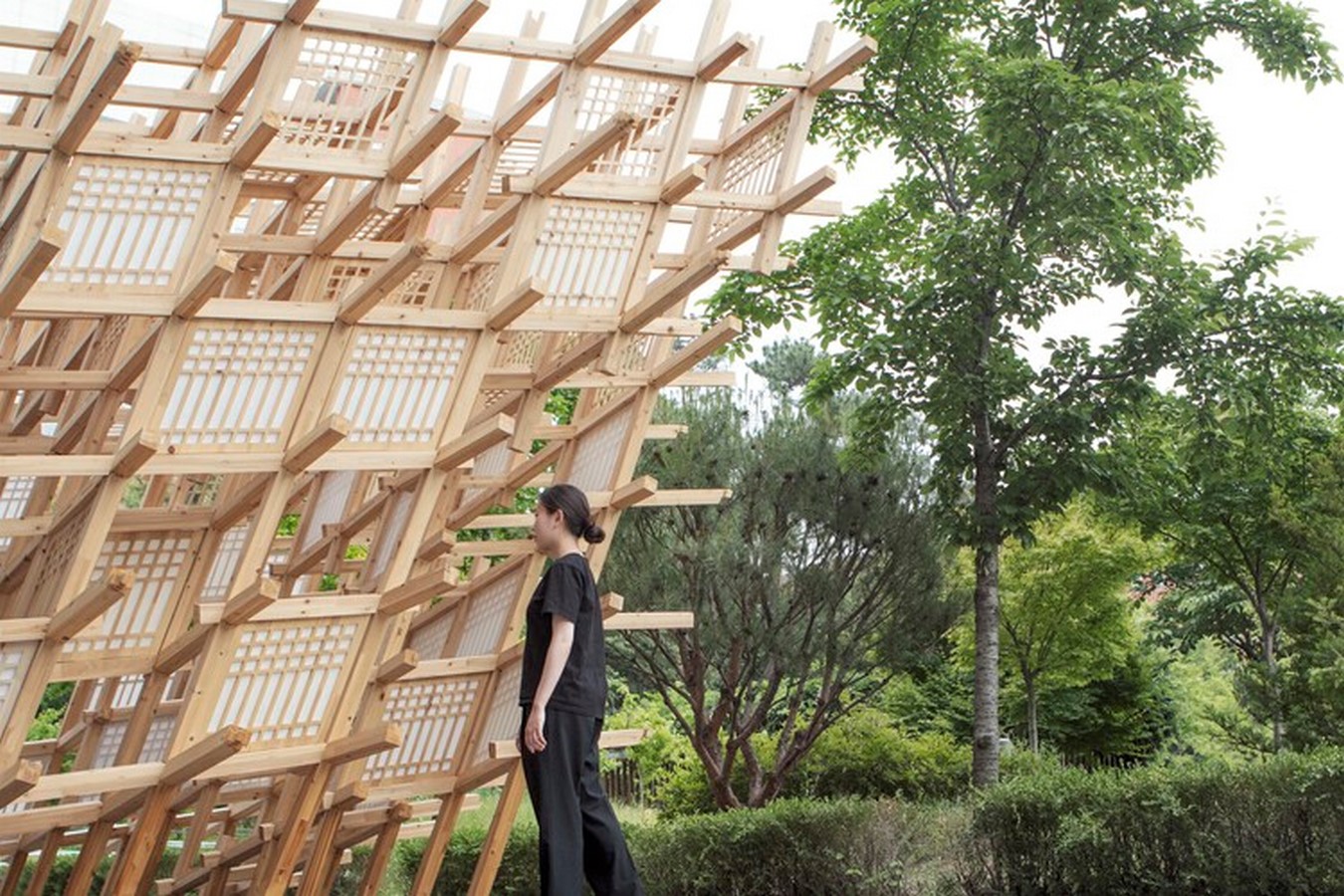
Conclusion
In conclusion, the Machum House Pavilion exemplifies the harmonious fusion of tradition and innovation in architecture. By embracing the past while looking towards the future, it showcases the transformative potential of modern technology in revitalizing ancient craftsmanship. As a symbol of cultural continuity and architectural experimentation, this pavilion inspires new avenues of exploration in the field of design and construction.


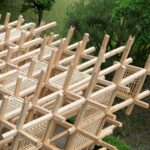









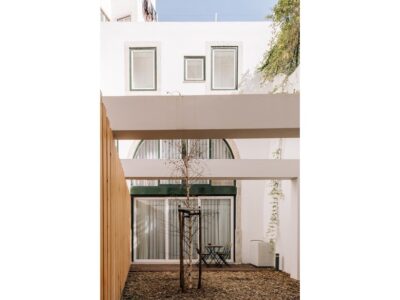
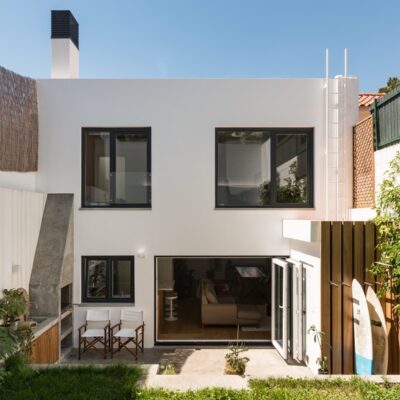





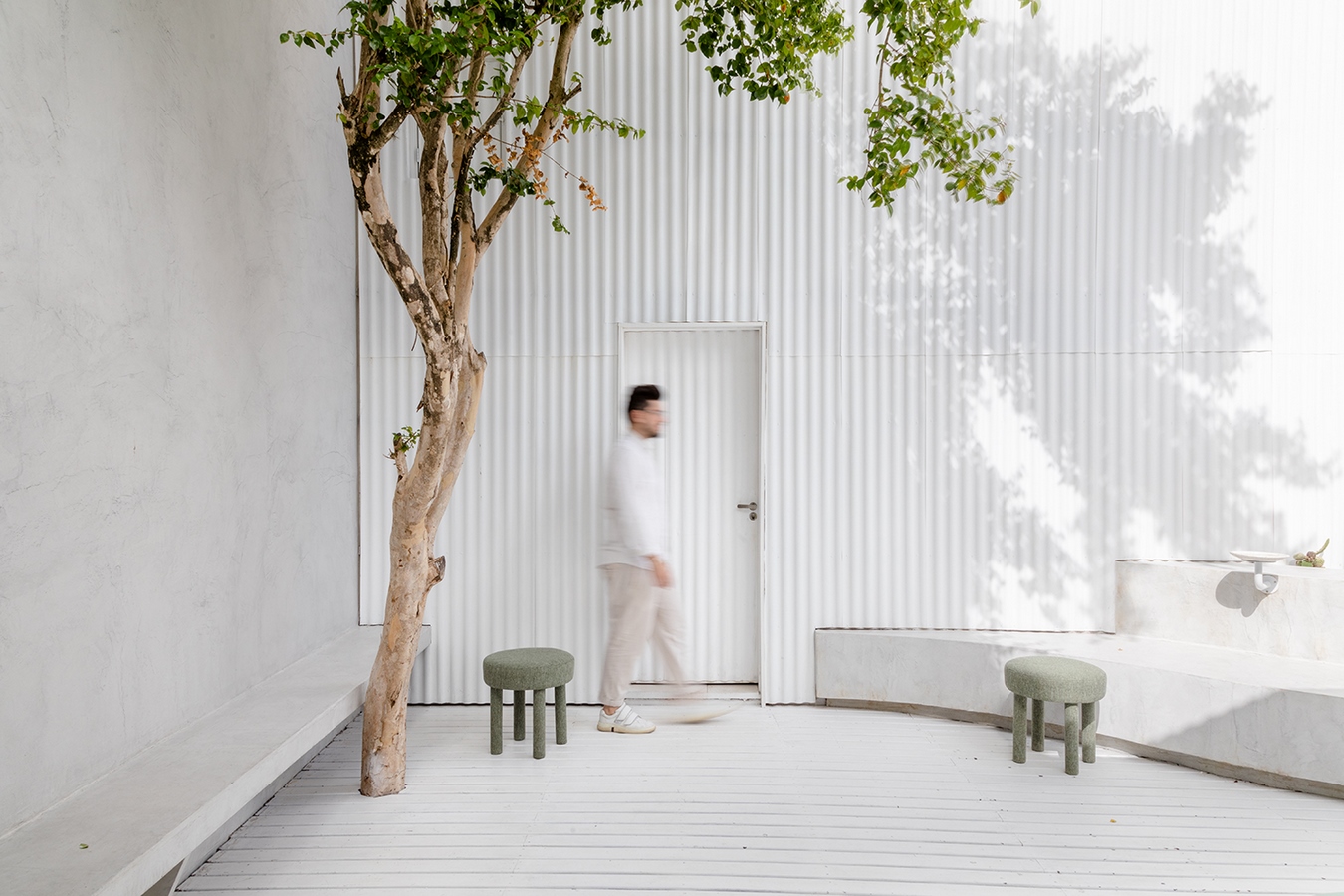
Comments